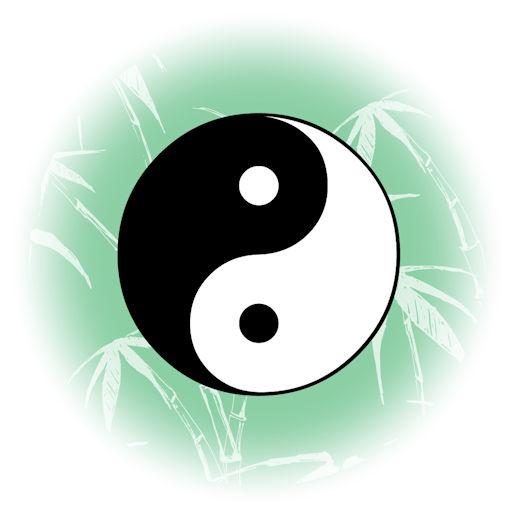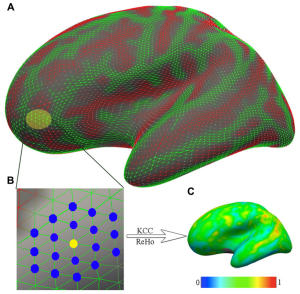Whether Tai Chi Chuan (TCC) can influence the intrinsic functional architecture of the human brain remains unclear. To examine TCC-associated changes in functional connectomes, resting-state functional magnetic resonance images were acquired from 40 older individuals including 22 experienced TCC practitioners (experts) and 18 demographically matched TCC-naive healthy controls, and their local functional homogeneities across the cortical mantle were compared.
Compared to the controls, the TCC experts had significantly greater and more experience-dependent functional homogeneity in the right post-central gyrus (PosCG) and less functional homogeneity in the left anterior cingulate cortex (ACC) and the right dorsal lateral prefrontal cortex. Increased functional homogeneity in the PosCG was correlated with TCC experience. Intriguingly, decreases in functional homogeneity (improved functional specialization) in the left ACC and increases in functional homogeneity (improved functional integration) in the right PosCG both predicted performance gains on attention network behavior tests.
These findings provide evidence for the functional plasticity of the brain’s intrinsic architecture toward optimizing locally functional organization, with great implications for understanding the effects of TCC on cognition, behavior and health in aging population… Read full article

